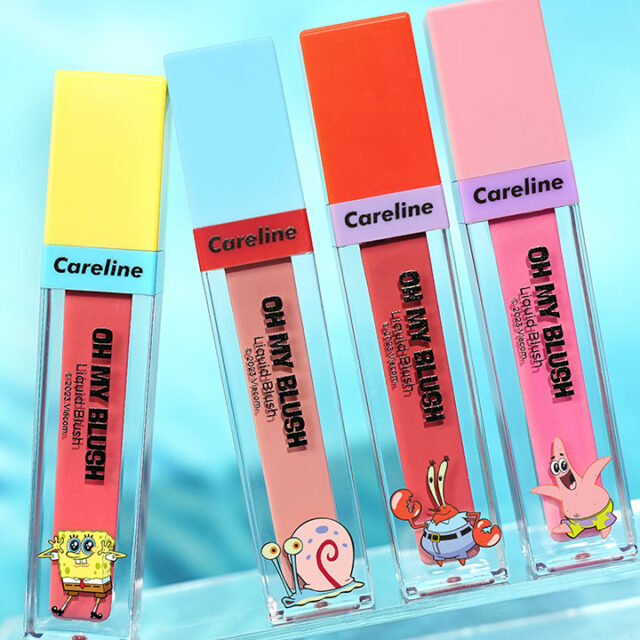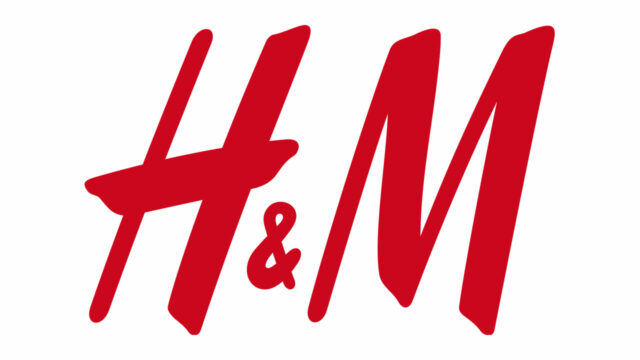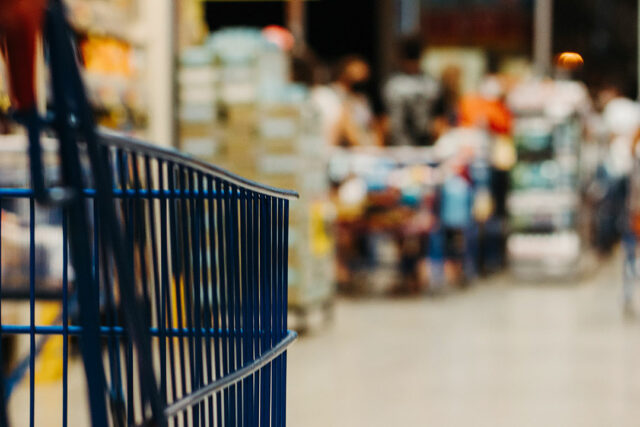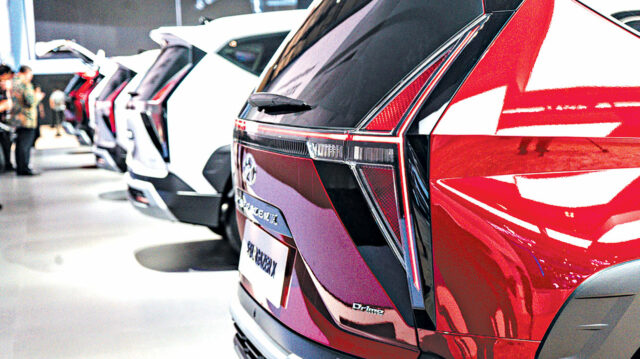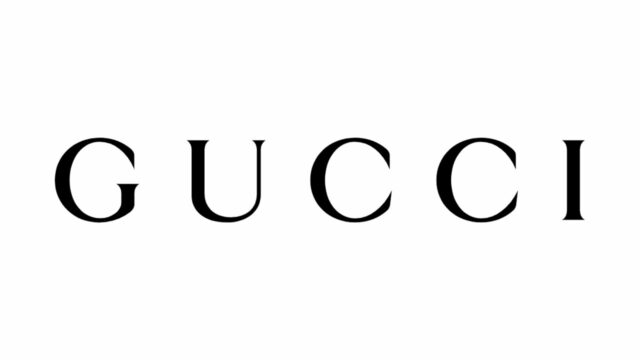Bayo looks to the future
AT THE opening of Bayo’s multibrand store in Glorietta on Aug. 8, the brand showed off three of its brands, namely Bayo itself, Viseversa, and Tela. Tela, founded by the Bayo Group co-CEO Anna Lagon’s daughter Alyssa, seems to be its response to the future.
The younger Ms. Lagon toured us around the store, showing off their mannequins covered in abaca. According to her, the mannequins were old, but by rewrapping them in a new, sustainable material, they’re being given new life. This is all part of their Journey to Zero initiative, which sees hangers made of cornstarch, water-based printing on their clothes, and recycling textile cut-offs.
Ms. Lagon told us why their brand decided to open a store with all three brands inside: “During the pandemic, we noticed that the consumer wanted convenience. One perfect way was to have all the brands in one space. I’d notice that when people go to the malls, (they’re) usually with family.” The family can thus take its pick from all three brands: Viseversa has clothes meant for older women, Bayo has clothes for those in their thirties, while Tela caters to Ms. Lagon’s own teen to early-20’s age bracket.
“I couldn’t find any local clothes that fit my aesthetic,” she said. “I felt like there’s a big gap, also in terms of sustainability. Tela fills in that gap.” Tela’s clothes are made from recycled and natural materials, and the clothes on view at the store were printed with a pattern like splashes of watercolor.
She pointed out that while Bayo did have a younger line a few years back called Love by Bayo, “I felt like it’s better to create a brand that’s separate. Some people don’t like wearing the same clothes as their mom’s. Important pa rin iyong brand differentiation (Brand differentiation is still important).”
Bayo was founded in the 1990s by sisters Corazon Bitong and Lynn Agustin, but was acquired in 2014 by clothing manufacturers Anna and Leo Lagon. In the span of time since it began, local brands have come and gone, but Bayo still stands. On that note, it also faces a new landscape that sees more and more affordable global brands filling the country’s retail spaces. Ms. Lagon told us their secrets for staying in the game. “Constantly innovating and always putting the consumer at the forefront; also trying to see what they need, and addressing it.”
As for staying relevant as a local business in a market saturated with foreign brands, she said, “Our pieces aren’t similar to the global brands. You could see weaves here that aren’t available in the other brands.” She pointed out pieces made in partnership with communities in Aklan, Argao, and Bulacan. “We have the manufacturing capability. It’s easy for us to produce clothes that really cater to the Philippine market.”
She takes pride that all their clothes are produced 100% locally. “We do everything in-house,” she said. “To control the cost, to make sure that the people behind the scenes are well-taken care of.
“We control the wages, benefits, and we can control the environment where they work in,” she said, citing the Rana Plaza collapse in Bangladesh that killed more than 1,000 clothing factory workers. The 2013 incident displayed the uglier side of fashion, considering that the workers there were making clothes for foreign brands. “It’s important for us to support local and support the livelihood here,” she said.
Ms. Lagon had a quick answer when asked why all these measures are important for the company. “Fashion is one of the largest contributors in terms of harmful effects in the (environment). Bayo, as one of the leading brands [locally], it’s important that we start the movement that we give consumers better alternatives.”
But it’s important for her, personally, too. “I’m the future generation. I’m going to live in the world for more years.
“I want to live in a world that’s better.”
Bayo Group’s multi-brand store featuring Bayo, tela, and Viseversa is now open at the ground level of Glorietta. One can also shop online at www.styleshops.com.ph and www.telamnl.com. — Joseph L. Garcia



